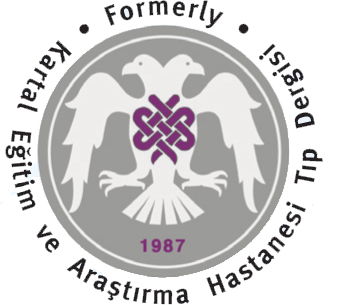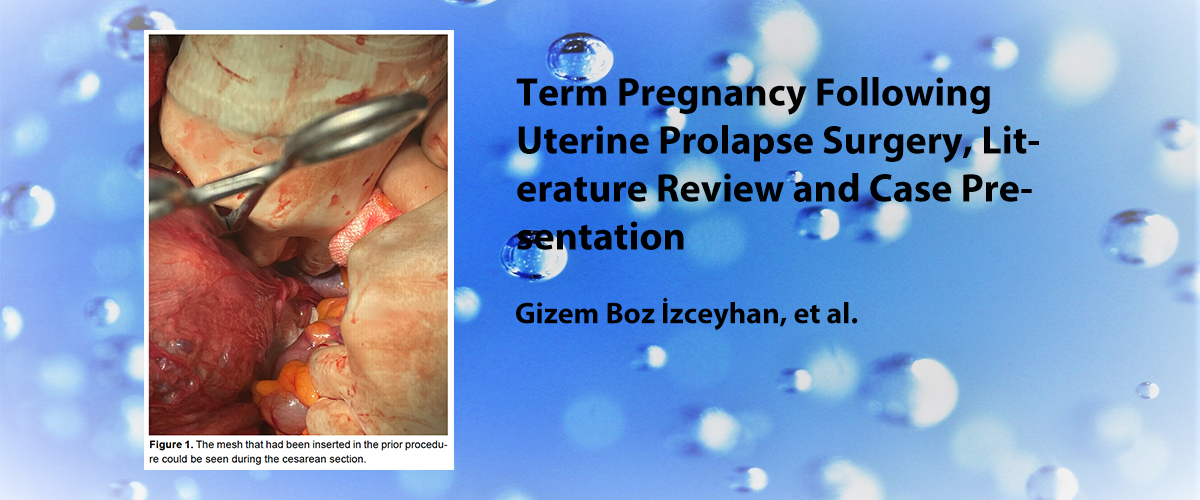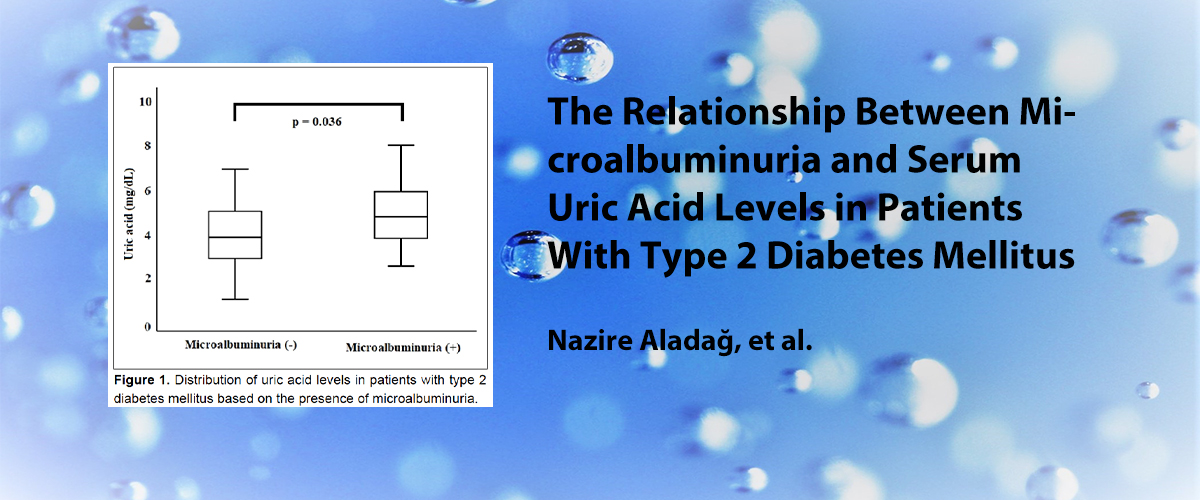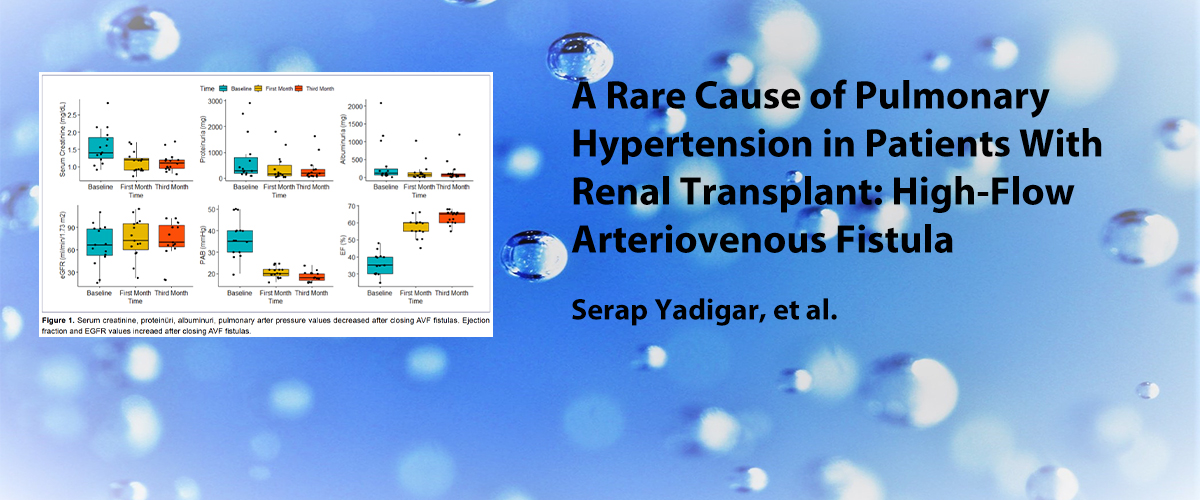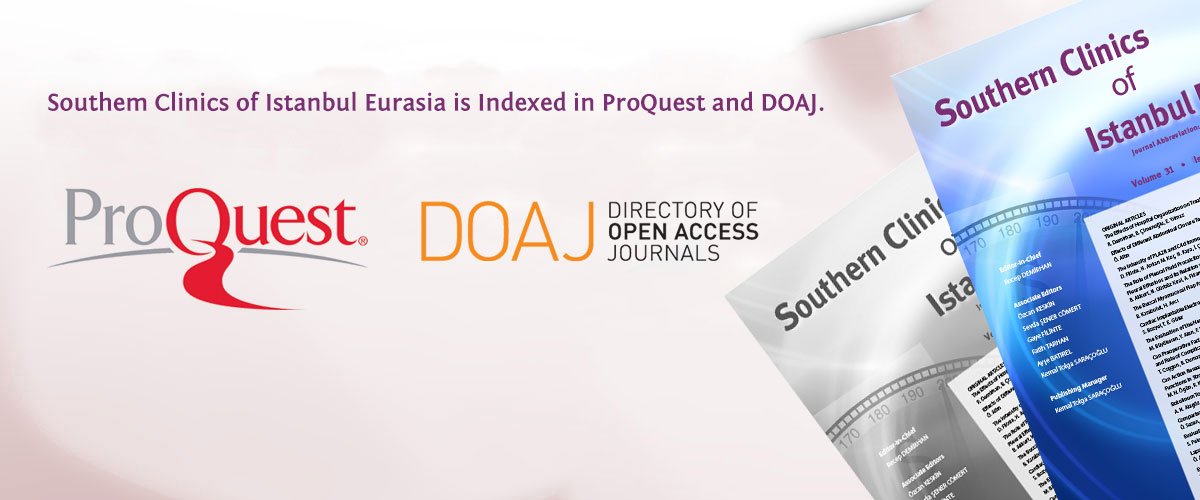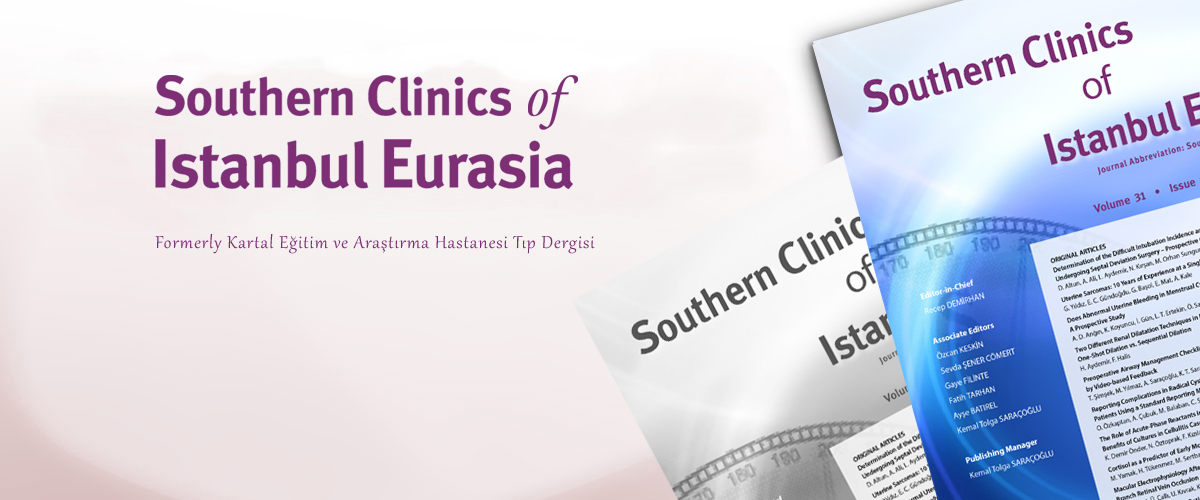ISSN : 2587-0998
Meme Kanserinde Neoadjuvan Kemoterapi Yanıtını Değerlendirmede PETnin Etkinliği ve Patolojik Yanıtı Etkileyen Faktörler
Ecem Memişoğlu, Ramazan SarıKartal Dr. Lütfi Kırdar Şehir Hastanesi, Genel Cerrahi Kliniği, İstanbul, TürkiyeGİRİŞ ve AMAÇ: Neoadjuvan kemoterapi (NAK) sonrası patolojik tam yanıt (pCR) daha yüksek hastalıksız sağ kalım (DFS) ve genel sağ kalım (OS) ile ilişkilidir. Tedavi sonrası klinik yanıt (cR) değerlendirilmeli ve ilişkili faktörler belirlenmelidir. Çalışmamızdaki amacımız cR değerlendirmede PETnin etkinliğini ve pCRye etkili olası faktörleri tanımlamaktır.
YÖNTEM ve GEREÇLER: Ocak 2015Aralık 2020 tarihleri arasında meme kanseri tanısıyla opere edilen hastaların dosyaları incelendi. Operasyon öncesi klinik yanıtlar PET ile değerlendirildi. Patolojik yanıt değerlendirilmesinde College of American Pathologists (CAP) 2019 skorlama sistemi kullanıldı. Hastaların menapozal durumu, tanı anındaki evresi, NAK öncesi ve sonrası PET bulguları, tümörün histopatolojik tipi, moleküler alt tipi ve Kİ-67 düzeyi incelenerek klinik ve patolojik yanıtı etkileyen faktörler araştırıldı.
BULGULAR: Toplam 234 kadın hasta incelendi ve yaş ortalaması 52.5±12.1 yıl idi. Hastaların %28inde patolojik tam yanıt (CAP=0) görülürken, klinik tam yanıt gözlenen 55 (%24) hastanın 40ında (%72.7) patolojik olarak da tam yanıt izlendi. Kİ-67 yüksekliği ve HER-2 pozitifliği patolojik yanıtı olumlu etkileyen faktörlerdi (p<0.05). Moleküler alt tiplerdeki patolojik tam yanıt oranları; lüminal Ada %0, lüminal Bde %21, HER-2 pozitifte %52, üçlü negatif grupta ise %44 olarak bulundu ve gruplar arasındaki fark istatistiksel olarak da anlamlıydı (p<0.05).
TARTIŞMA ve SONUÇ: NAK, lokal ileri meme kanserli hastalarda tümör boyutunu küçültmek ve aksiller diseksiyondan kaçınmak için kullanılır. NAK sonrası klinik yanıt değerlendirmesinde PET kullanımı patolojik yanıtı öngörmede tek başına yeterli değildir. Patolojik yanıt HER-2 pozitif ve triple negatif hastalarda belirgin derecede yüksektir. NAK kararı yanıtı etkileyen faktörler göz önünde bulundurularak verilmeli, gereksiz maliyet ve zaman kaybı önlenmelidir.
Efficacy of Positron Emission Tomography in Evaluating Neoadjuvant Chemotherapy Response and Factors Affecting Pathological Response in Breast Cancer
Ecem Memişoğlu, Ramazan SarıKartal Dr. Lutfi Kirdar City Hospital, General Surgery Department, İstanbul, TürkiyeINTRODUCTION: Pathological complete response (pCR) after neoadjuvant chemotherapy (NAC) is associated with higher disease-free survival and overall survival (OS). Posttreatment clinical response (cR) should be evaluated, and the associated factors should be identified. Our aim was to define the efficacy of positron emission tomography (PET) in cR evaluation and possible factors affecting pCR.
METHODS: The medical records of patients who were operated on for breast cancer between January 2015 and December 2020 were evaluated. Preoperative cRs were investigated with PET. College of American Pathologists (CAP) 2019 scoring system was used in the evaluation of pathological response. The factors affecting the clinical and pathological response were investigated by examining the menopausal status of the patients, the stage at the time of diagnosis, PET findings before and after NAC, histopathological type of the tumor, molecular subtype, and KI-67 level.
RESULTS: The data of 234 female patients were examined. The mean age was 52.5±12.1 years. The pCR (CAP=0) was observed in 28% of the patients, while the pCR was observed in 40 (72.7%) of 55 (24%) patients with cCR. KI-67 increase and HER2 positivity were factors that positively affected the pathological response (p<0.05). The pCR rates in molecular subtypes were 0% in luminal A, 21% in luminal B, 52% in HER2-positive, and 44% in triple-negative groups, and the difference between the groups was statistically significant (p<0.05).
DISCUSSION AND CONCLUSION: NAC reduces tumor size and avoids axillary dissection in patients with locally advanced breast cancer. The use of PET alone in evaluating cR after NAC is not sufficient to predict the pathological response. The pathological response is significantly higher in HER2-positive and triple-negative patients. The decision for NAC should be made considering the factors affecting the response to avoid unnecessary cost and time loss.
Sorumlu Yazar: Ramazan Sarı, Türkiye
Makale Dili: İngilizce

